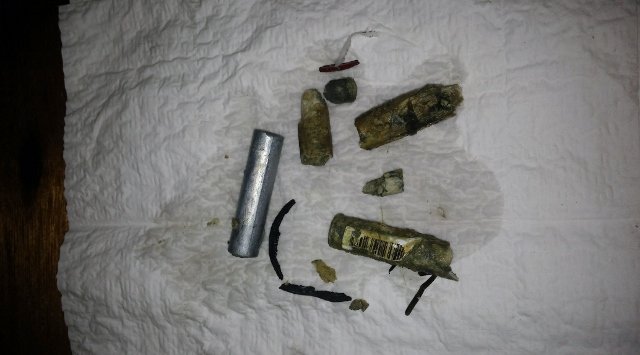Soulshine
Veteran Member
Morning all, today's order of business was to check/change out my zinc pencils this on my single FL120. First one, forward, was about half gone and swapped it out with a fresh pencil. Went around back to the rear cooler and when I removed the pencil, all I got was the brass head. Figuring it was just another item that the PO neglected, I dropped in a fresh pencil, which went in just fine, and began to tighten. About halfway down the thread, I felt a split second bit of resistance but then it continued to tighten. Something in that head of mine said something wasn't right so I removed the pencil and, you guessed it, I got just a brass cap with a tiny bit of zinc sticking out past the bottom thread. Thus the title of this thread.
I removed the remaining pencil from the cap and installed the cap just fine so I'm thinking the pencil was probably about 1/4" too long.
So, for now, is it safe to operate the engine this way as long as I regularly check the zinc to see when it is gone? Or, do I dare try and thread something into the pencil in an attempt to remove it and replace it with a shortened version???
I removed the remaining pencil from the cap and installed the cap just fine so I'm thinking the pencil was probably about 1/4" too long.
So, for now, is it safe to operate the engine this way as long as I regularly check the zinc to see when it is gone? Or, do I dare try and thread something into the pencil in an attempt to remove it and replace it with a shortened version???


 ) It may not be necessary to "rod" your tube bundle but an inspection will determine that.
) It may not be necessary to "rod" your tube bundle but an inspection will determine that.


